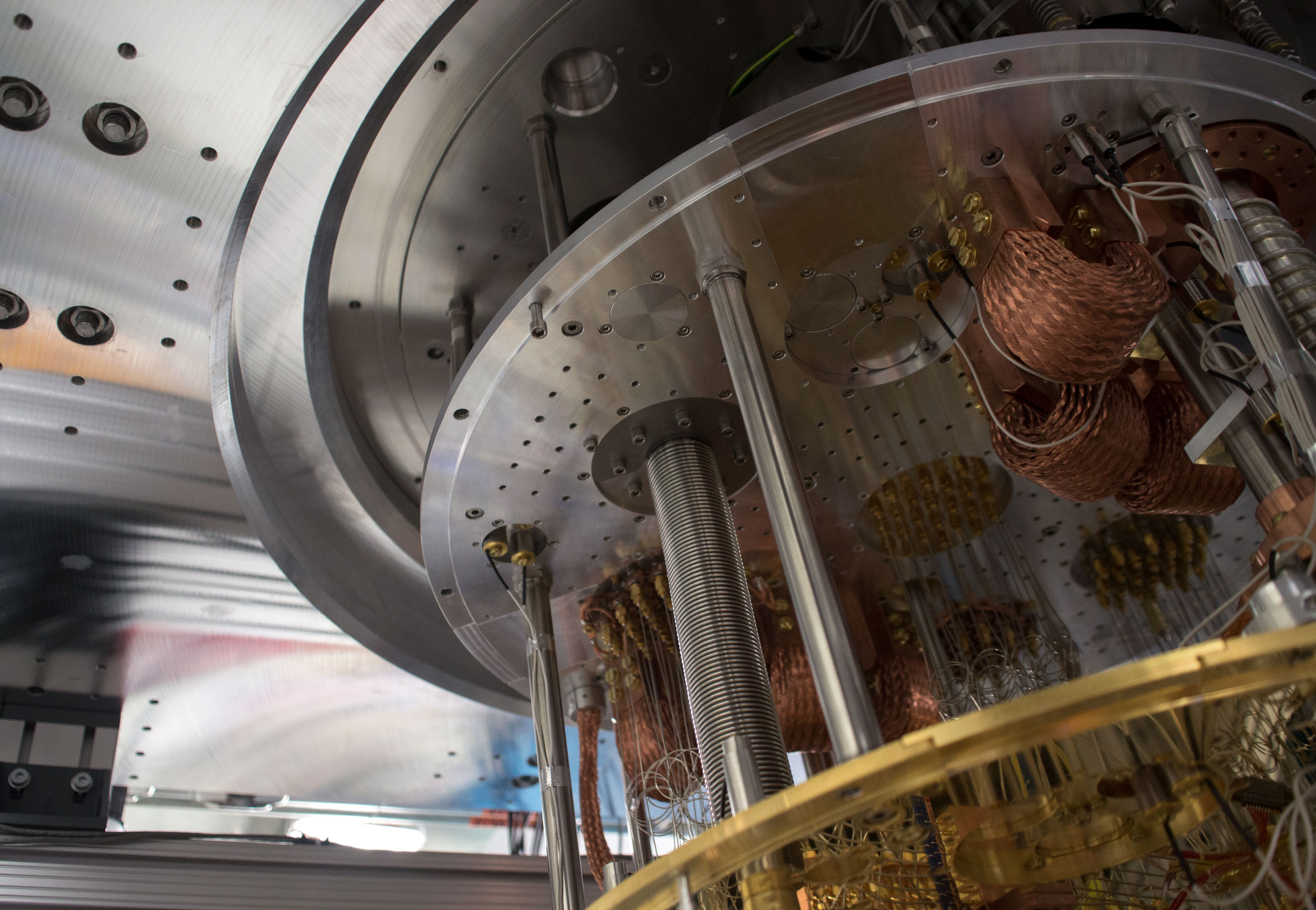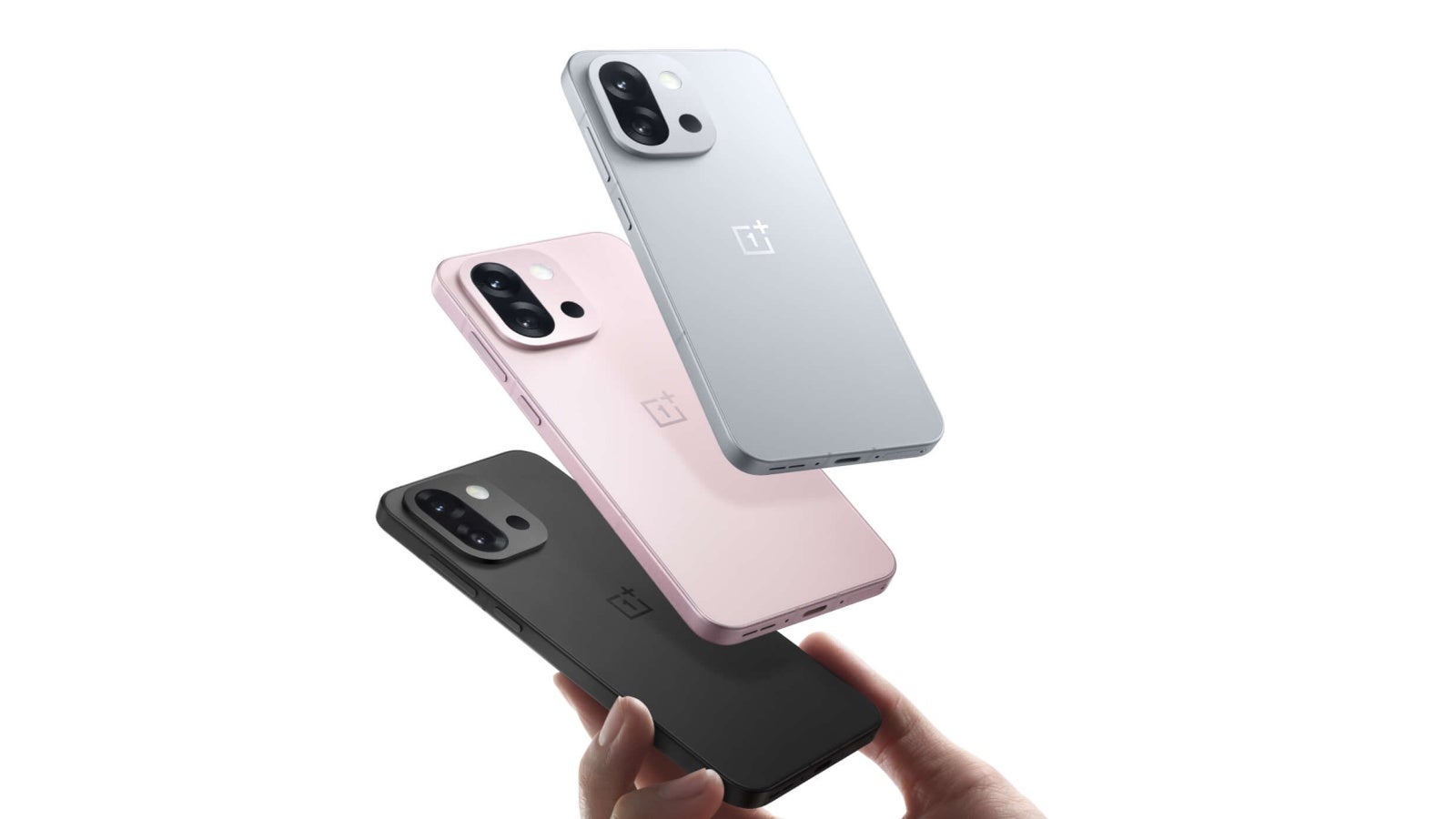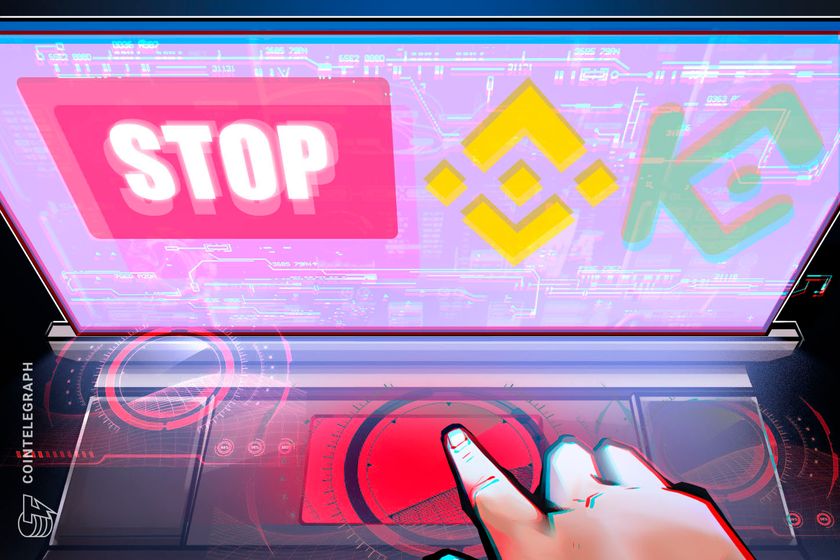Google’s new artwork is an ode to our complicated relationship with technology
What does the future of computing look like? Is it voice chat? Floating holographic displays? A generative AI fever dream with no escape? At Salone de Mobile—the annual design fair in Milan—Google is suggesting something less literal: It’s light that’s as pliable as fabric. [Photo: courtesy Google] Since first attending in 2018, Google has become a staple of Milan’s annual design festival, where the installations draw long lines and buzz. The company has measured how different rooms make you feel, demonstrated that water informs their design, and explored the ties of color and emotion through immersive spectacles. This year, Google’s project is called Making the Invisible Visible, on display at Garage 21 in Milan from April 7 to 13. It’s a series of what I might only describe as a series of light showers that stand six feet in diameter. Laser light rains down from a halo above, and by running your hands through the beams, they react in a dynamic animation that falls somewhere between a draping textile and the strings of a harp. The architectural approach was inspired by conversations Ivy Ross, chief design officer of consumer devices at Google, and artist Lachlan Turczan had around the role of technology in our lives. Turczan explores the intersection of light and the environment, with surreal works placed in nature that blend the wild and the technological. Squint and you can almost see a vision of ambient computing. [Photo: © Lachlan Turczan/courtesy Google] Over several conversations, Ross and Turczan spoke about how Humanity shapes technology, and technology shapes humanity back. Turczan has been developing these sculptures, dubbed Lucida, out of those conversations. “At this moment in time, we’re questioning what role does technology have? What does it mean to be human?” says Ross. “We have to come to that place where we’re not competing [with technology], but we are interacting together, moving modern life forward.” The light showers in Making the Invisible Visible are meant to explore that theme, not necessarily literally, but as a more generalized ethos. [Photo: courtesy Google] Then through the rest of the installation, Google goes on to articulate how it’s made the invisible visible within their own products. That includes the Pixel Buds which required laser scans from 3,200 ears to get its one-size-fits-all geometries, along with the new Nest thermostat, which sits quietly until it senses your approach, and displays its user interface. Then in the final room, Google designers share some of the actual objects that have inspired their approach to products—like river rocks for an earbud case, and a macron for a speaker. (The design team is given a budget to acquire bits of inspiration in their travels around the world, which they deposit inside their design studio’s private library.) [Photo: courtesy Google] While the installation is built for the public, Ross sees the benefits this annual practice brings to her own team. “It’s giving them an opportunity to work at a different scale with a different set of challenges, which I think is really good to feed their creative muscle,” says Ross. “And [the other benefit] is the joy they get from manning these exhibits. Because we don’t usually get to interact with the public about what we do.”

What does the future of computing look like? Is it voice chat? Floating holographic displays? A generative AI fever dream with no escape?
At Salone de Mobile—the annual design fair in Milan—Google is suggesting something less literal: It’s light that’s as pliable as fabric.

Since first attending in 2018, Google has become a staple of Milan’s annual design festival, where the installations draw long lines and buzz. The company has measured how different rooms make you feel, demonstrated that water informs their design, and explored the ties of color and emotion through immersive spectacles.
This year, Google’s project is called Making the Invisible Visible, on display at Garage 21 in Milan from April 7 to 13. It’s a series of what I might only describe as a series of light showers that stand six feet in diameter. Laser light rains down from a halo above, and by running your hands through the beams, they react in a dynamic animation that falls somewhere between a draping textile and the strings of a harp.
The architectural approach was inspired by conversations Ivy Ross, chief design officer of consumer devices at Google, and artist Lachlan Turczan had around the role of technology in our lives. Turczan explores the intersection of light and the environment, with surreal works placed in nature that blend the wild and the technological. Squint and you can almost see a vision of ambient computing.
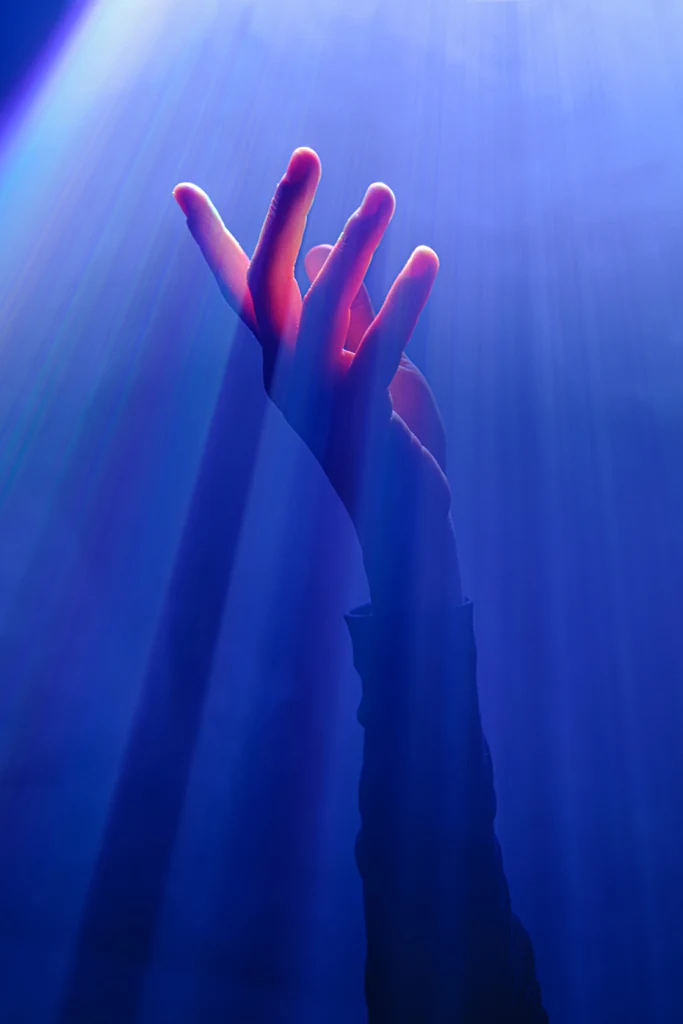
Over several conversations, Ross and Turczan spoke about how Humanity shapes technology, and technology shapes humanity back. Turczan has been developing these sculptures, dubbed Lucida, out of those conversations.
“At this moment in time, we’re questioning what role does technology have? What does it mean to be human?” says Ross. “We have to come to that place where we’re not competing [with technology], but we are interacting together, moving modern life forward.”
The light showers in Making the Invisible Visible are meant to explore that theme, not necessarily literally, but as a more generalized ethos.
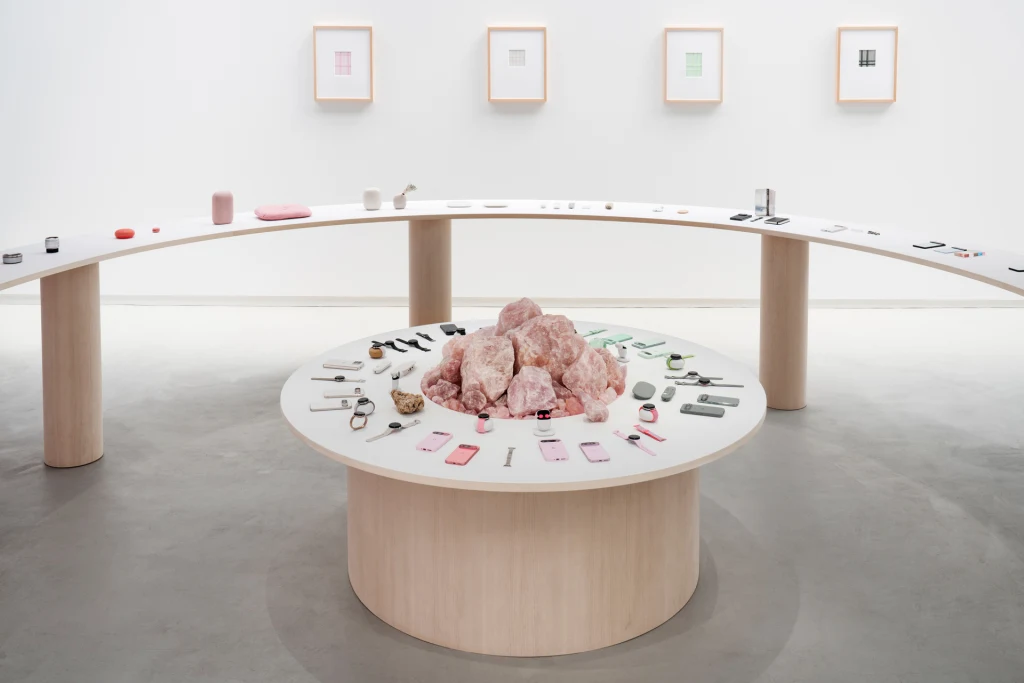
Then through the rest of the installation, Google goes on to articulate how it’s made the invisible visible within their own products. That includes the Pixel Buds which required laser scans from 3,200 ears to get its one-size-fits-all geometries, along with the new Nest thermostat, which sits quietly until it senses your approach, and displays its user interface. Then in the final room, Google designers share some of the actual objects that have inspired their approach to products—like river rocks for an earbud case, and a macron for a speaker. (The design team is given a budget to acquire bits of inspiration in their travels around the world, which they deposit inside their design studio’s private library.)
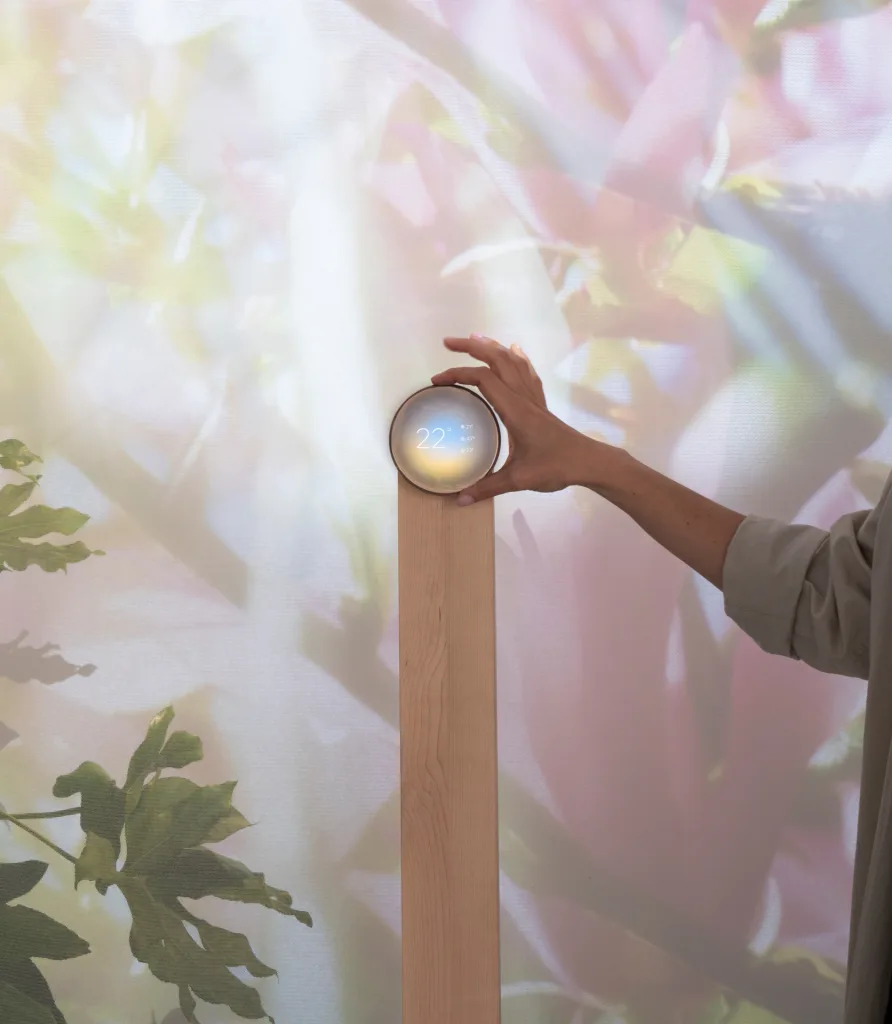
While the installation is built for the public, Ross sees the benefits this annual practice brings to her own team. “It’s giving them an opportunity to work at a different scale with a different set of challenges, which I think is really good to feed their creative muscle,” says Ross. “And [the other benefit] is the joy they get from manning these exhibits. Because we don’t usually get to interact with the public about what we do.”










































































































































































![[The AI Show Episode 143]: ChatGPT Revenue Surge, New AGI Timelines, Amazon’s AI Agent, Claude for Education, Model Context Protocol & LLMs Pass the Turing Test](https://www.marketingaiinstitute.com/hubfs/ep%20143%20cover.png)













































































































































































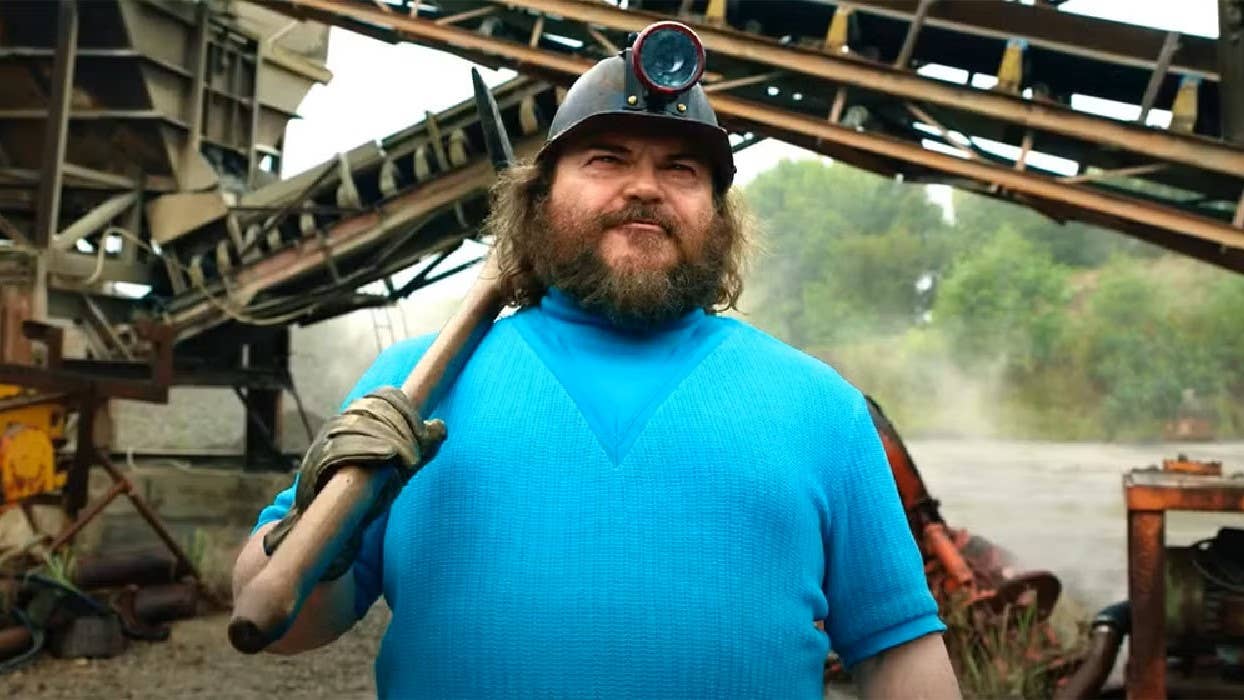



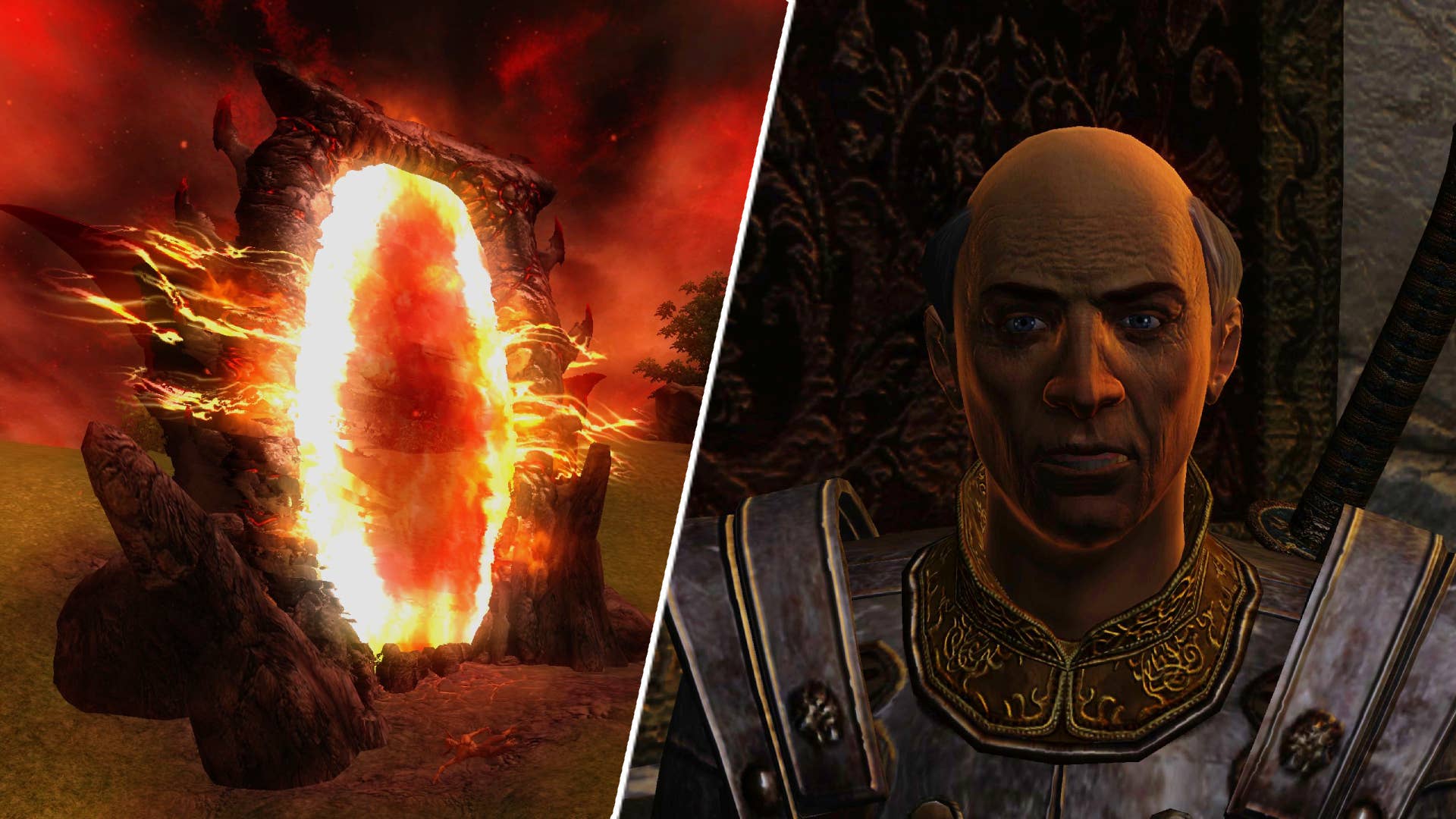










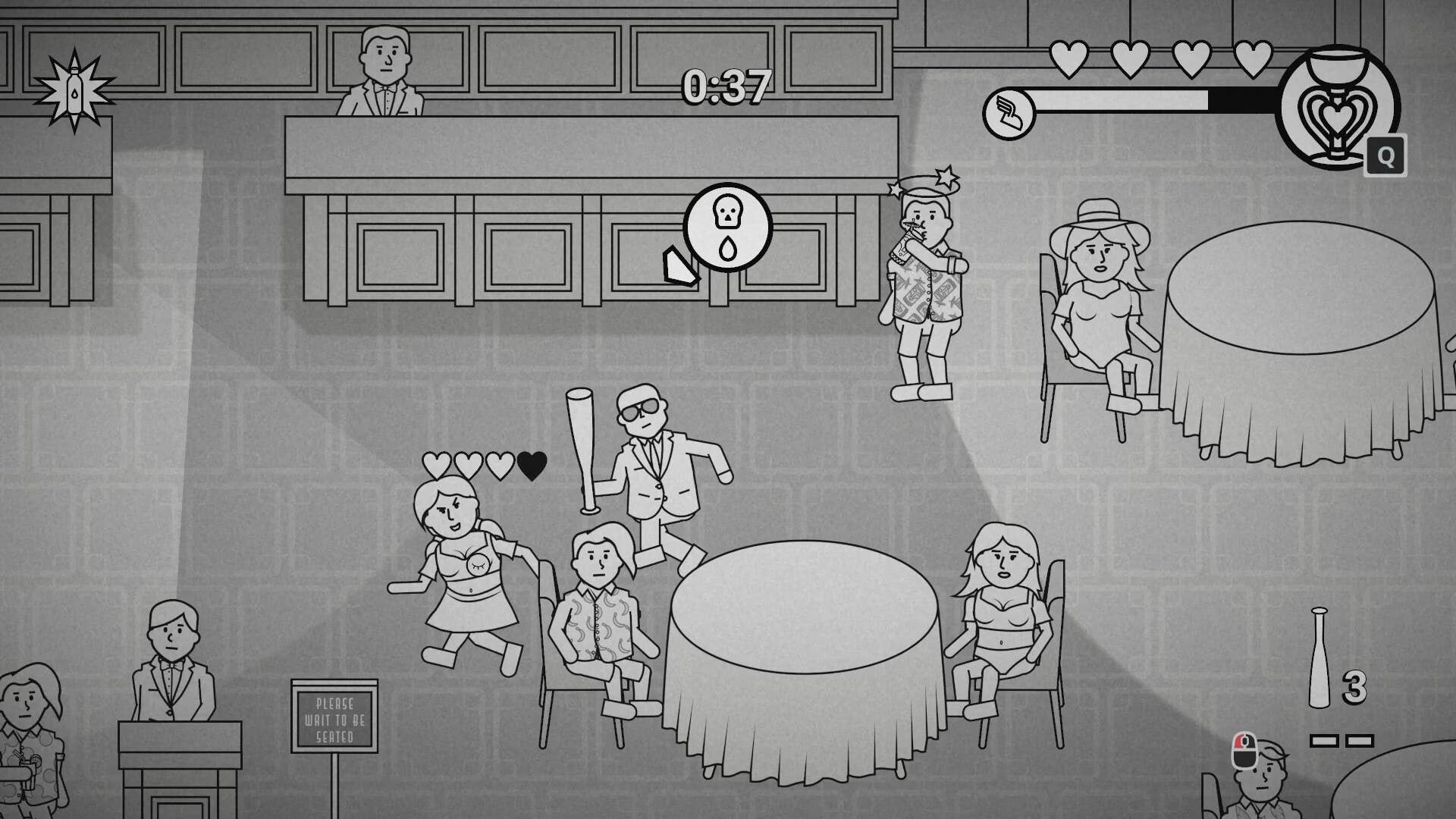








































.png?#)






















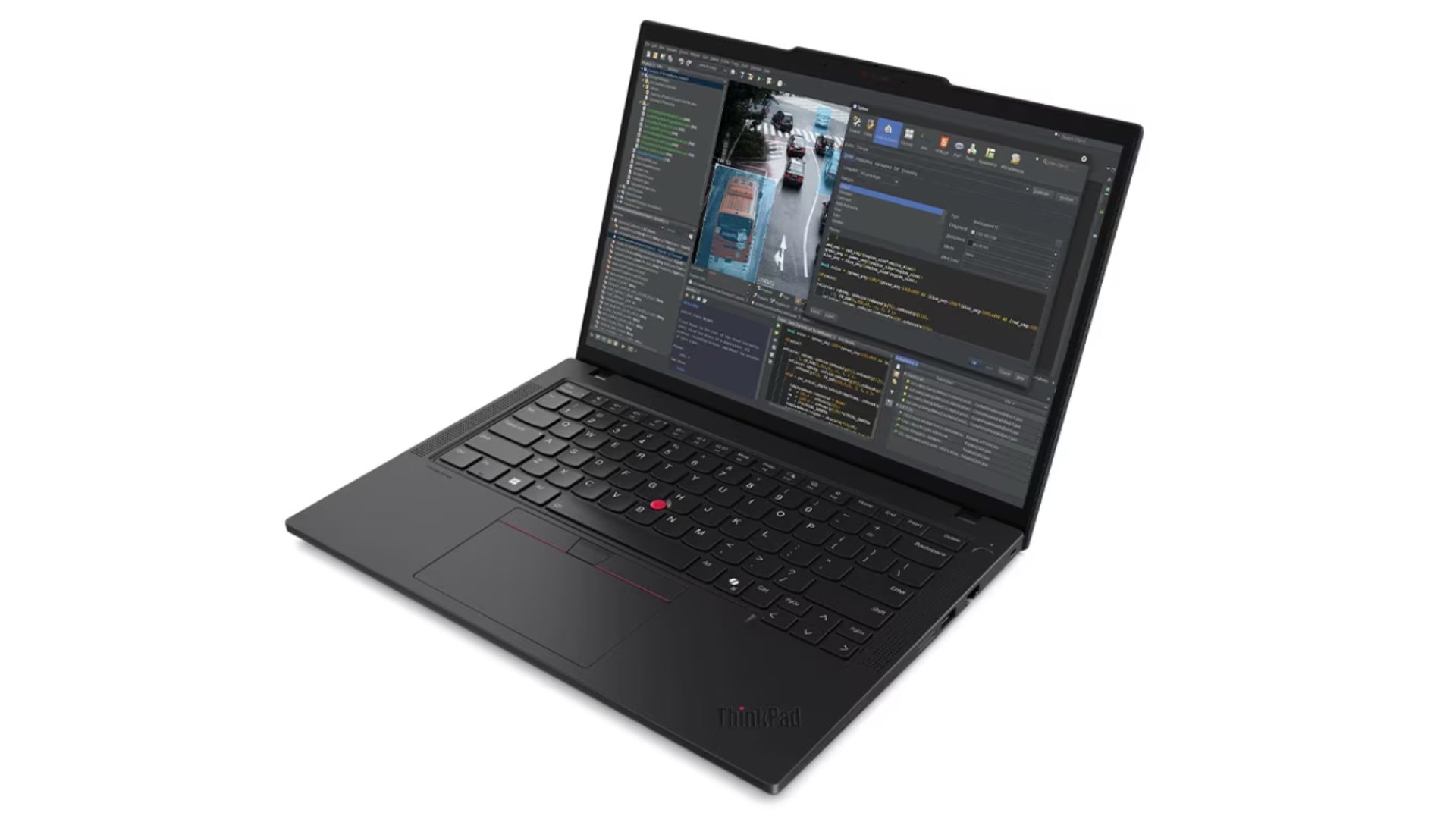
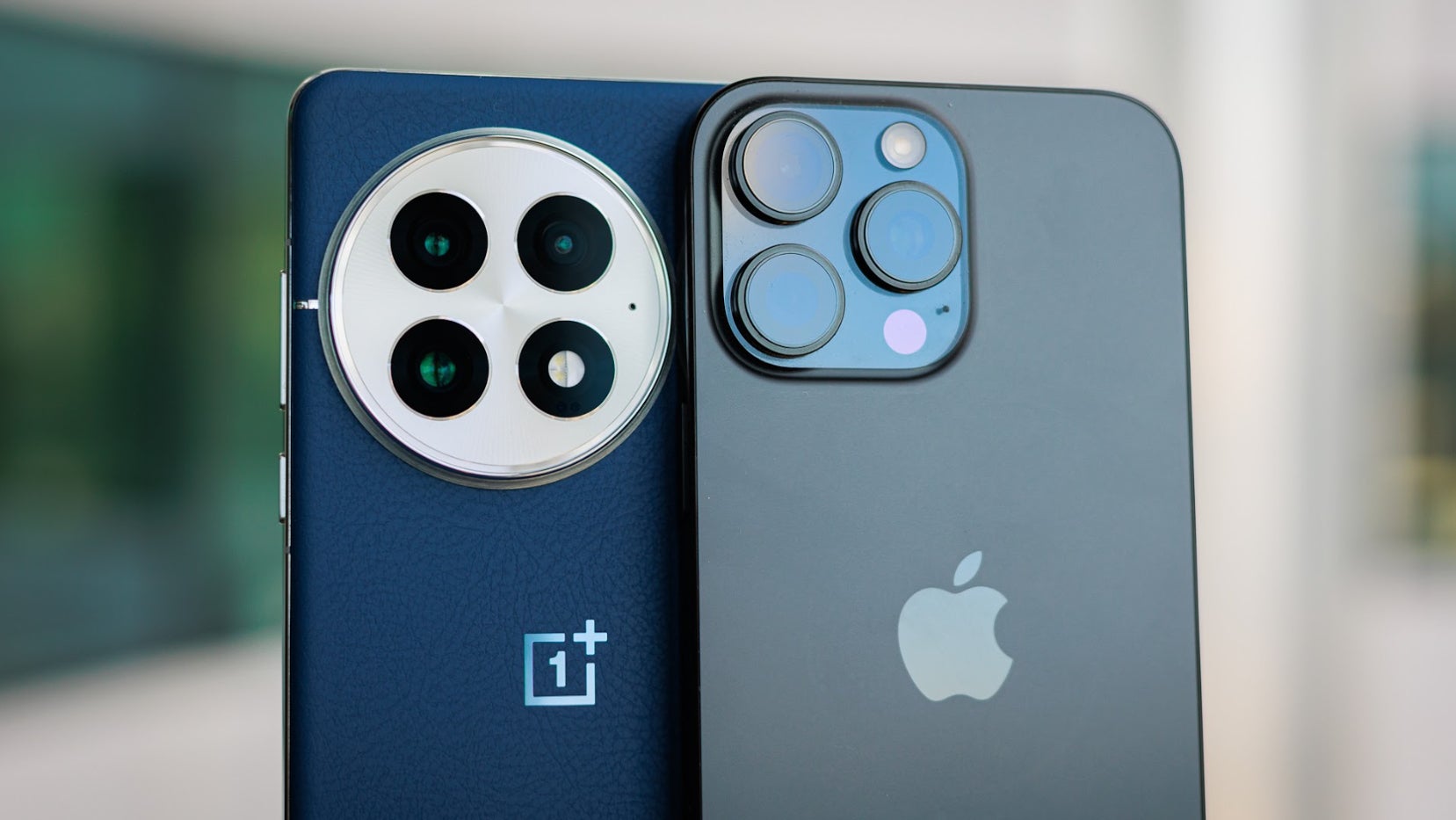















.webp?#)




















































































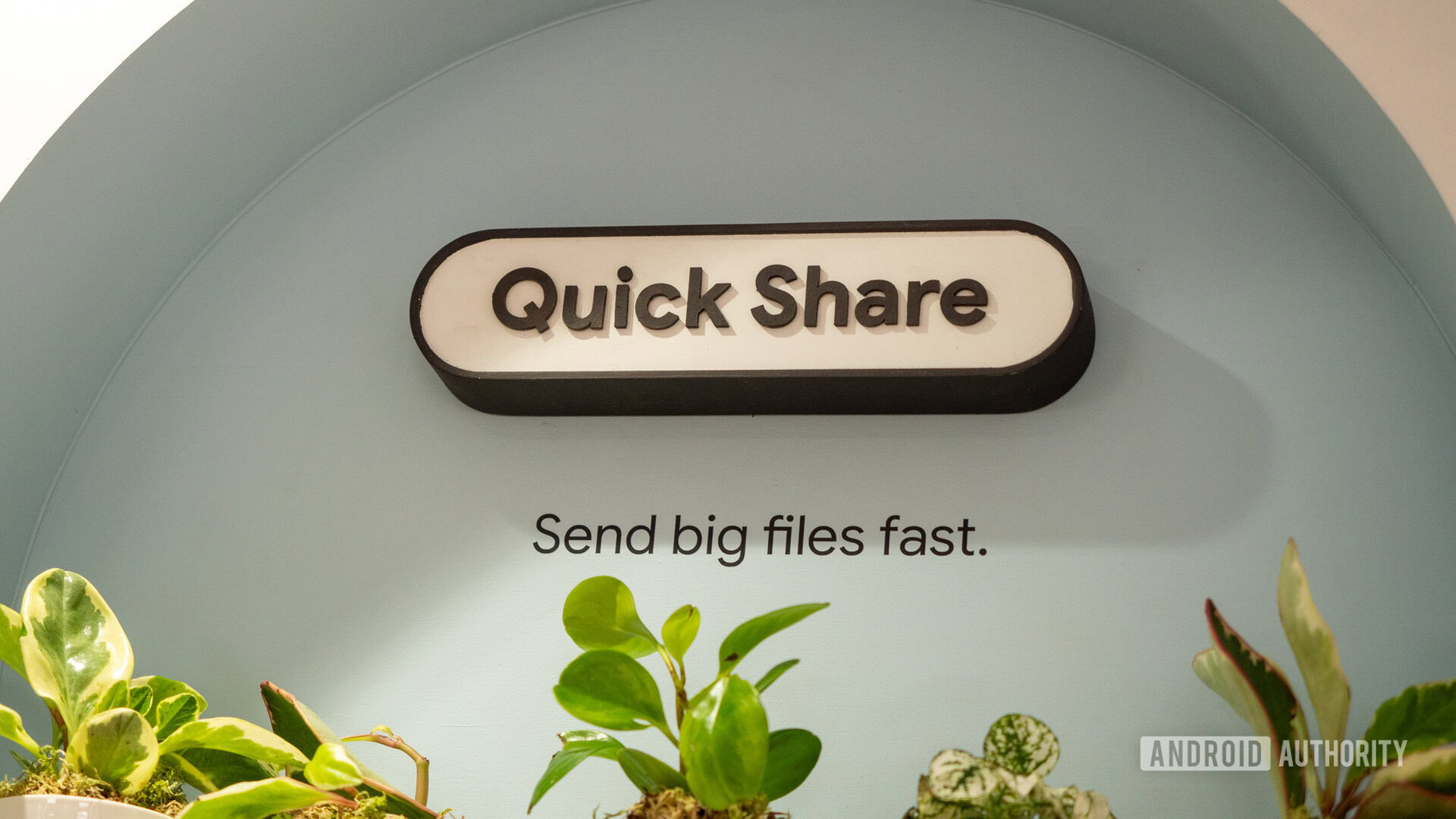





![[Fixed] Gemini app is failing to generate Audio Overviews](https://i0.wp.com/9to5google.com/wp-content/uploads/sites/4/2025/03/Gemini-Audio-Overview-cover.jpg?resize=1200%2C628&quality=82&strip=all&ssl=1)

![What’s new in Android’s April 2025 Google System Updates [U: 4/14]](https://i0.wp.com/9to5google.com/wp-content/uploads/sites/4/2025/01/google-play-services-3.jpg?resize=1200%2C628&quality=82&strip=all&ssl=1)














![Apple Seeds tvOS 18.5 Beta 2 to Developers [Download]](https://www.iclarified.com/images/news/97011/97011/97011-640.jpg)
![Apple Releases macOS Sequoia 15.5 Beta 2 to Developers [Download]](https://www.iclarified.com/images/news/97014/97014/97014-640.jpg)















